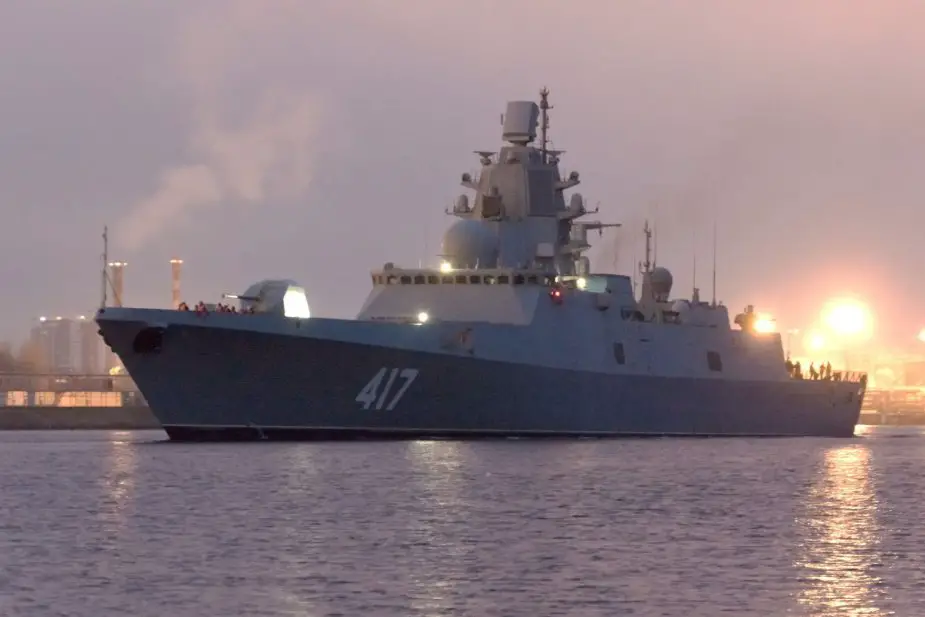There was a landmark event in 2019 for the Russian Navy. Two new guided-missile frigates of amended project 22350 were laid. The series saved the Russian shipbuilding of surface warships. The Vzglyad business newspaper writes why the warships are important for Russia and which difficulties accompanied their construction.
 Project 22350 lead frigate Admiral Gorshkov in St. Petersburg in October 2016 (Picture source: Twitter account: junhiyohTwitter account: junhiyoh)
Project 22350 lead frigate Admiral Gorshkov in St. Petersburg in October 2016 (Picture source: Twitter account: junhiyohTwitter account: junhiyoh)
When the Navy accepted the Admiral Gorshkov into service after 12 years of construction, it was hardly believable that the warship is combat-ready. Rumours said it was accepted for political reasons, as the antiaircraft weapon was faulty and the Navy was again compelled to accept an unfinished ship as it happened in Soviet times. One diesel engine collapsed soon.
It was overhauled with time, and the frigate held a series of successful fire drills, sailed from one fleet to another without problems, and made a round-the-world voyage with no major breakdowns. Admiral Kasatonov is undergoing trials at present.
It was not the last barrier which the project had to overcome. The future of the series was in question, as no reducing gear was supplied from Ukraine and the sole Russian producer - Zvezda-Reduktor in St. Petersburg was in a plight. Although the Defense Ministry said the construction of frigates would continue, no warships were laid. The series continued to comprise four frigates and three of them were under construction.
The power plants from Ukraine were replaced, but reducing gear continues to be a problem, as Zvezda-Reduktor is very slow in producing it. There were calls to abandon the series and launch other projects. However, the political leadership of the country and the Defense Ministry and the Navy did not adhere to them.
On April 23, 2019, two other frigates with reinforced missile arms were laid in the presence of President Vladimir Putin. The series was continued. Zvezda-Reduktor produced two reducers which are undergoing bench trials. Thus, a major problem for the series was resolved.
Russian high-tech shipbuilding nearly collapsed, lost related producers which remained in foreign countries, suffered from a chronic lack of finances and faced corruption and international sanctions. However, it succeeded to produce warships of a true world-class.
Russia was resolute to implement project 22350 and preserved the necessary competences to close the gap in military shipbuilding. The overcoming of project 22350 barrier left Russia among the countries capable of producing modern warships. The project actually saved the military shipbuilding from collapse. It is still in the zone of risk, but the most dangerous stage is already behind.
At present, the next generation of first rank warships of project 22350M is being designed. It develops the ideas of project 22350. The warship has more missiles. Its displacement is close to 8000 tons (5400 tons of project 22350). It will be a warship of another class, most likely a destroyer. However, they want to classify it as a frigate.
Experts believe project 22350 should continue until the lead frigate of project 22350M is built and tested. The fragile success of project 22350 should not be put at risk. It is necessary to continue the series and consolidate success for the shipbuilding industry to survive and rise to its feet. The series should be continued until it is clear that the industry can cope with project 22350M. The frigates are to be the backbone of Russian blue-water fleet, the Vzglyad said.
© Copyright 2020 TASS. All rights reserved. This material may not be published, broadcast, rewritten or redistributed.



